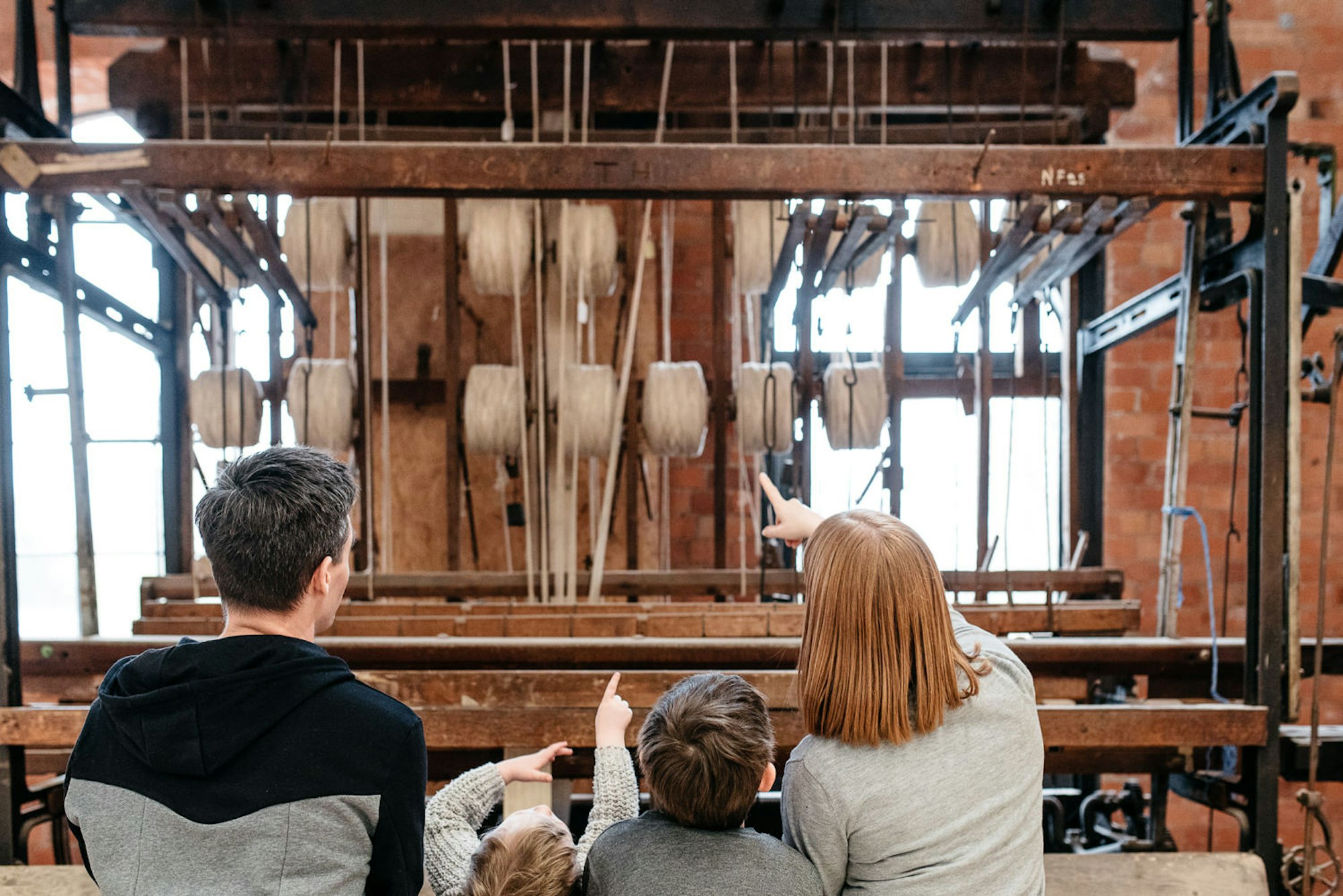Day 10: The Make Works Christmas Countdown

For the Make Works Christmas Countdown this year, we will be telling you a bit about different materials each day, with suggestions about where you can work with it in Scotland.
Day 10: Glass

A red-hot substance to work with hot and a sharp, brittle material when cold; glass can be sand cast, blown by hand, stained with colour, cut, polished and fused with other materials. There are a number of ways to make glass, but primarily glass is made using Quartz Silica, which is the primary constituent of sand. In nature, this happens when lightening strikes into sand.
Glass has been used since 3500BC - traced back to Egypt, where it was used for decorative beads. This means that in almost every country around the world there is a cultural history of glass, and glass objects to be found. Today, the typical applications of glass include windows, tableware (glasses, bottles etc) and in optical lenses to improve sight. Glass is also used to make fibre optic cabling, for example in high-speed internet.
Today, many artists and designers use glass in their work. The material can be transparent, coloured, painted, printed onto - as well as reflecting and refracting of light. With the number of techniques available, glass can be formed into almost any shape; or combined with other materials to give it new properties. Projects like Breaking the Mould, continue to explore glass making processes and experiment in approaches to the traditional craft techniques.
If you are interested in working with glass, we’ve listed eight Scottish glass manufacturers, blowers, casters and workshops that you can make work with here.
Categories
Article
Related stories
Why Make Work Locally
Alan Moore and Ten30 Fashion
Tips for Manufacturing in Scotland
A Life in Lace
In the Belly of the Beast: my one year manufacturing for Coca Cola





